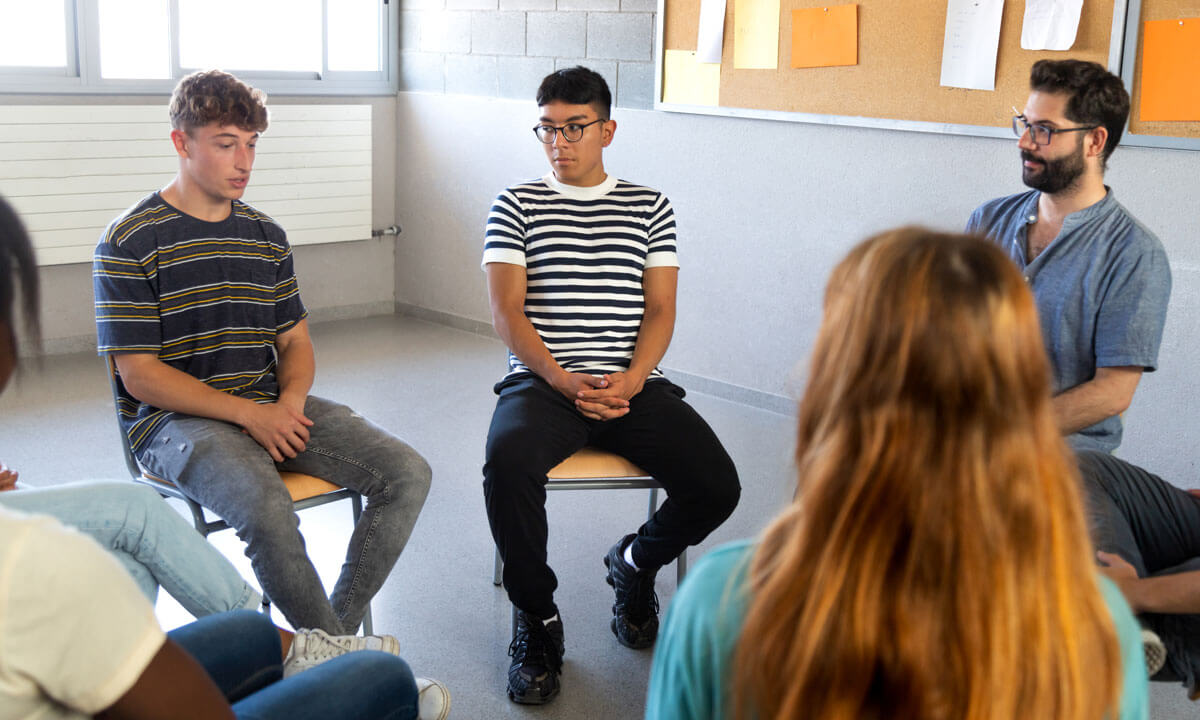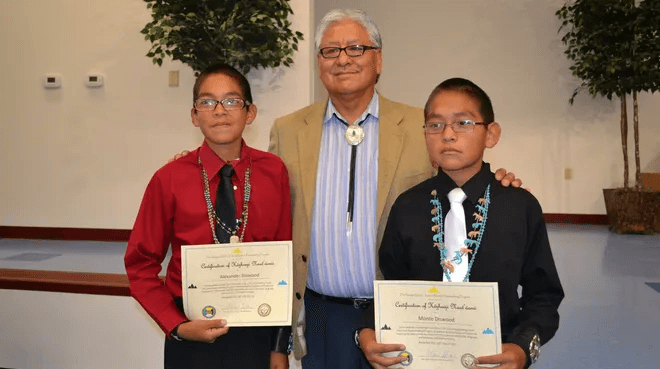Restorative justice is a victim-centered approach that prioritizes repairing the harm caused by an offense rather than solely punishing the offender. This model brings together victims, offenders, and community members to discuss the harm that has been caused and collaborate on finding ways to repair that harm. Restorative justice is rooted in various cultural traditions, including African and indigenous practices, and has been increasingly recognized in law as an adjunct to traditional judicial systems.
Background
Restorative justice addresses the root causes of criminal behavior Restorative justice is a victim-centered approach that prioritizes repairing the harm caused by an offense rather than solely punishing the offender. This model brings together victims, offenders, and community members to discuss the harm that has been caused and collaborate on finding ways to repair that harm. Restorative justice is rooted in various cultural traditions, including African and indigenous practices, and has been increasingly recognized in law as an adjunct to traditional judicial systems.

Key principles
Restorative justice emphasizes addressing the harm caused by the offense and promoting healing for all parties involved. It seeks to restore relationships and balance within the community.
This approach empowers victims by giving them a voice in the process and allowing them to express the impact of the offense on their lives. It also provides offenders with an opportunity to take responsibility for their actions and work towards reintegration into the community.
Restorative justice recognizes the role of the community in addressing crime and conflict. It encourages community members to participate in the process, fostering a sense of shared responsibility and promoting social cohesion.

Benefits: Reduced recidivism rates
Restorative justice addresses the root causes of criminal behavior by fostering empathy, accountability, and personal growth in offenders. Through facilitated dialogues with victims and community members, offenders gain a deeper understanding of the impact of their actions and are encouraged to take responsibility for their behavior. This process can lead to genuine remorse, improved decision-making skills, and a stronger commitment to positive change, ultimately reducing the likelihood of future offenses. By focusing on rehabilitation and reintegration rather than punishment, restorative justice can break the cycle of crime and create safer communities.

Benefits: Increased victim satisfaction
Another aspect of the adversarial system that has come under scrutiny is the reliance on cross-examination as a means of uncovering the truth. Cross-examination often focuses on identifying inconsistencies in a witness’s testimony and assumes that contradictions indicate lying. However, this assumption fails to account for the fallibility of human memory and the impact of factors such as mental health on recollection. Trauma, for example, can significantly affect an individual’s ability to recall events accurately and consistently. Moreover, cross-examination places a great deal of emphasis on witness demeanor and credibility, which can be influenced by cultural differences, anxiety, and other factors unrelated to the truth of the testimony. The effectiveness of cross-examination also depends heavily on the skill of the advocate and the witness’s experience in handling questioning, rather than on the inherent truthfulness of the evidence. As a result, cross-examination may not always be a reliable guide to truth-telling and can, in some cases, obscure rather than clarify the facts of a case.

Benefits: Strengthened communities
Restorative justice recognizes that crime and conflict affect not only the direct parties involved but also the broader community. By engaging community members in the resolution process, restorative justice promotes a sense of shared responsibility and collective healing. Community participation can take various forms, such as serving as facilitators, supporting victims and offenders, and contributing to the development of reparation plans. This involvement fosters a stronger sense of social cohesion, as community members work together to address the harm caused by the offense and prevent future incidents. Restorative justice can also help rebuild trust between the community and the justice system, as it demonstrates a commitment to addressing the community’s needs and concerns in a meaningful way.

Implementing restorative justice
Restorative justice programs can take various forms, each designed to address the specific needs of the parties involved and the nature of the offense. Victim-offender mediation is a process that involves facilitated dialogue between the victim and the offender, allowing them to discuss the impact of the offense and work towards a mutually agreeable resolution. Family group conferencing brings together the victim, the offender, and their respective families to address the harm caused and develop a plan for repairing the damage. This approach recognizes the important role that family members can play in supporting both the victim and the offender throughout the healing process. Peacemaking circles involve a broader group of participants, including community members, in a facilitated dialogue to address the offense and its impact on the community. Circles can be used to resolve conflicts, promote healing, and develop community-based solutions to prevent future harm.

Common features
Regardless of the specific program format, restorative justice processes share common elements, such as voluntary participation, facilitated dialogue, and a focus on repairing harm and restoring relationships. The success of these programs often depends on the skill and training of the facilitators, who must create a safe and respectful environment for all parties to express themselves and work towards a resolution. Restorative justice programs can be implemented at various stages of the criminal justice process, from pre-charge diversion to post-conviction sentencing. Some programs operate within the formal justice system, while others are community-based initiatives that work in partnership with criminal justice agencies. As restorative justice continues to gain recognition and support, it is essential to ensure that programs are well-designed, adequately resourced, and regularly evaluated to ensure their effectiveness and responsiveness to the needs of victims, offenders, and communities.

When not to use restorative justice
It is important to note that restorative justice is not appropriate for all cases, particularly those involving serious offenses or repeat offenders. Some feminists have also raised concerns about the use of restorative justice in cases of sexual and gender-based violence, as it may potentially re-traumatize victims and fail to hold perpetrators accountable. However, restorative justice remains a promising alternative to traditional punitive approaches in cases where it is feasible and appropriate.

Examples
Around the world, various restorative justice programs have been implemented within criminal justice systems. In some cases, criminal cases are referred to restorative justice processes as an alternative to prosecution, while in others, restorative justice takes place prior to sentencing and is considered in the sentencing decision. Examples include the Māori people’s restorative justice practices in New Zealand, the Youth Conference Service in Northern Ireland, and the Navajo Nation Peacemaker Program in the United States.

